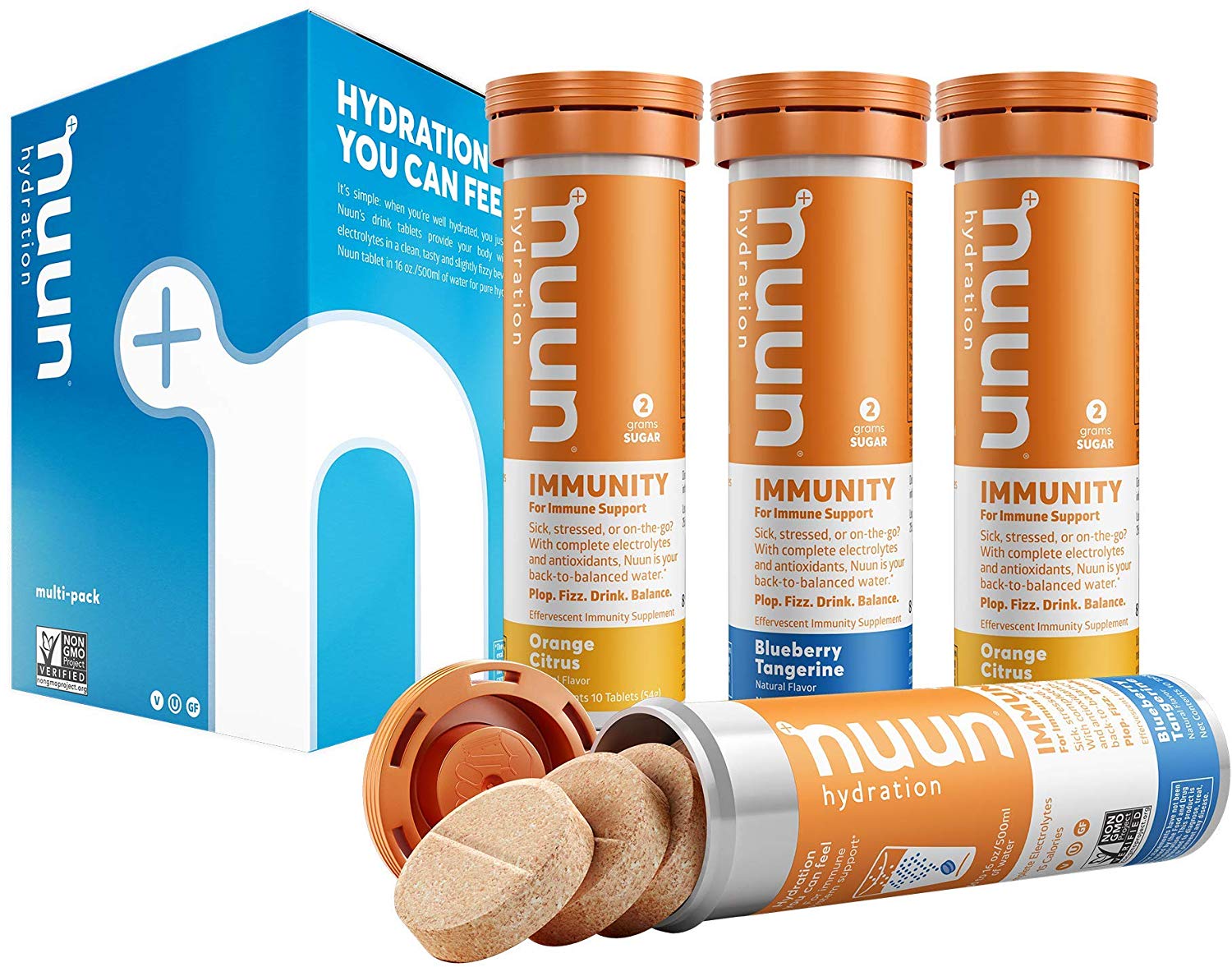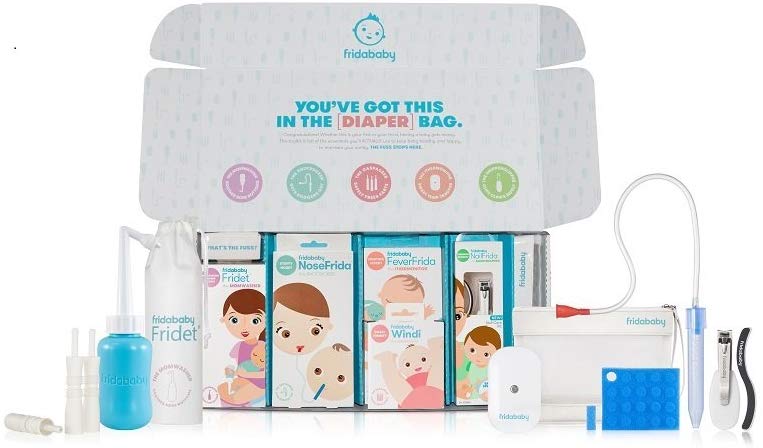Telemedicine has great potential to be extremely useful during extended and/or severe flu seasons. Also, telemedicine could be used to slow the spread of the newly emergent Covid-19 outbreak.
The Covid-19/Coronavirus pandemic may mark a milestone in the intersection between digital technology and the protection of the people we love in the context of a dire and viral threat to public health. Telemedicine has the potential to help protect at-risk groups including the elderly, as well as those with pre-existing medical conditions. To date, it appears these groups, in particular, are the greatest risk for complications from Covid-19.
Covid-19 is highly contagious in communities and is transmissible from person to person through respiratory droplets. However, the vast majority of those who have become ill have experienced relatively mild cold or flu-like symptoms before making a full recovery.
Telemedicine is especially useful as far as it’s capacity in limiting unnecessary personal/physical contact. Telemedicine enables people in need of a medical consult to receive it without risking or exposing oneself or others to germs. Patients simply connect to a doctor from home using their preferred device. The access that telemedicine provides is both accurate and immediate. It can be especially useful for underserved or geographically remote populations.
If you are concerned about someone who may be especially vulnerable – say, your grandmother in another state – making sure that they have access to quality care is an incredibly considerate (and empowering) gesture. Consider these points:
- One can purchase telemedical care for a third party using a credit or debit card and gift it.
- The cost varies but is likely to be between $50 and $100 per 15 to 30 minutes.
- There is no need for medical insurance.
- Consults are one-on-one with physicians.
- Access to care is available 24/7. This consult is supported by any device (phone, tablet, or computer).
- For someone who may have a pre-existing condition and does not want to risk exposure to germs, this is a safe way to keep track of symptoms and to learn what tests might be necessary to order.
- For someone in quarantine, this can be a reassuring way to know that their health is being monitored.
However, there are some important limitations to telemedicine. Not all older citizens are comfortable with technology and elderly citizens appear to be at greater risk of contracting flu or Covid-19. Some hesitate to seek this kind of care because it requires that they navigate the internet and that they provide online personal information. If you are considering enabling someone to use Telemedicine, consider:
- Some rural areas have less reliable broadband.
- If you offer this gift, make sure that that your recipient knows how to use it. Finding a tech-savvy local or creating a care calendar through Give InKind for people to be able to sign up to help during appointment times may bridge an important gap.
Keep in mind that when immediate tests are helpful, telemedicine can only do so much. Tests can be ordered but not performed and so rapid tests for flu, coronavirus, etc. would not be possible in this setting. Telemedicine can, however, help patients to keep an eye on baseline symptoms. Or, where access to medical personnel is stretched thin, telemedicine can be important triage. The doctor and patient can manage symptoms safely and develop a plan of how, when, and where to seek additional care if it is deemed to be necessary. Note that if the patient has a primary care physician, always follow up with that physician. Nothing replaces the doctor/patient relationship and the reassuring touch of a hand on a shoulder that can provide the necessary comfort.
Patients using telemedicine for the flu or an associated possible outbreak should be prepared to answer questions about the duration of symptoms (i.e. when they began and how long they lasted). Consider whether there is a cough and be prepared to describe the quality of the cough — is it dry or wet? is there diarrhea? body aches? headache or fatigue? Make certain that any recent travel is reported, whether the region has been in the news or not. Make sure to have an accurate thermometer in the house and to be aware of pain/fever reducers used and their effectiveness.
Telemedicine is a valuable tool to provide peace of mind for those we love, even when we aren’t right there. Scaffolding conversations about the health of our loved ones make people feel valued and seen and helps to protect the public health by slowing the spread of germs.
Helpful Products
Give InKind does not provide medical advice, diagnosis, or treatment. We have an affiliate relationship with many of the advertisers on our site, and may receive a commission from any products purchased from links in this article. See Terms & Conditions.







